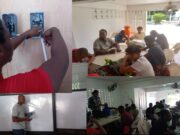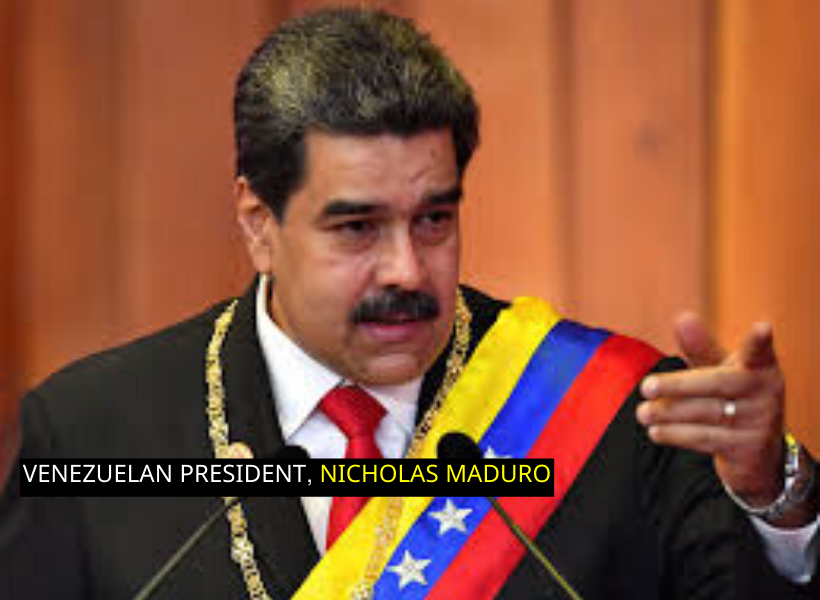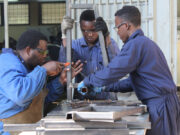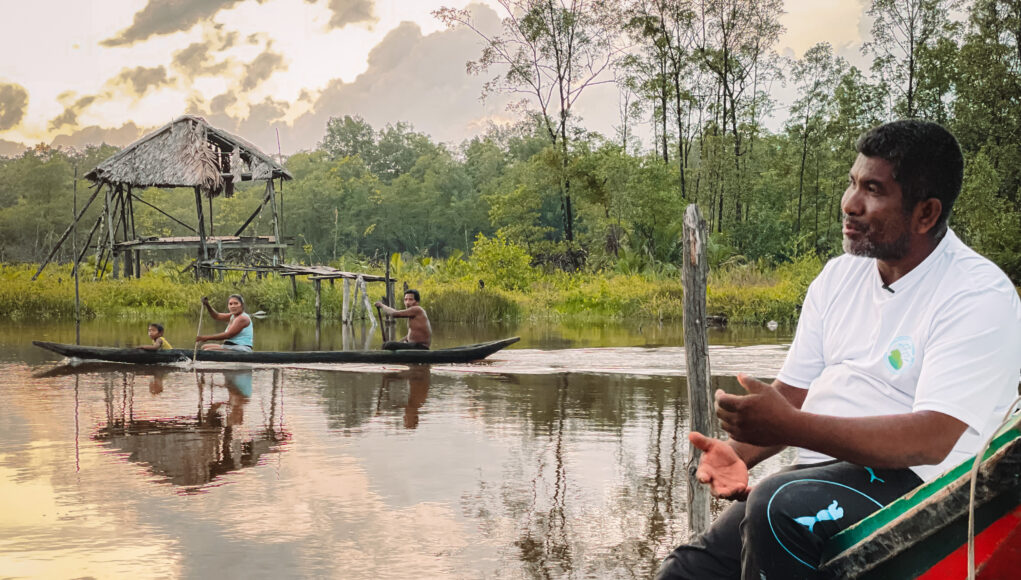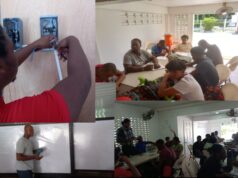By Abena Rockliffe
Guyana is finally gearing to take its rightful place on the world’s developmental stage. While Guyanese on the coast will witness development in the form of modern highways and state-of-the-art health care facilities, the experience of those in the hinterland will be quite different initially.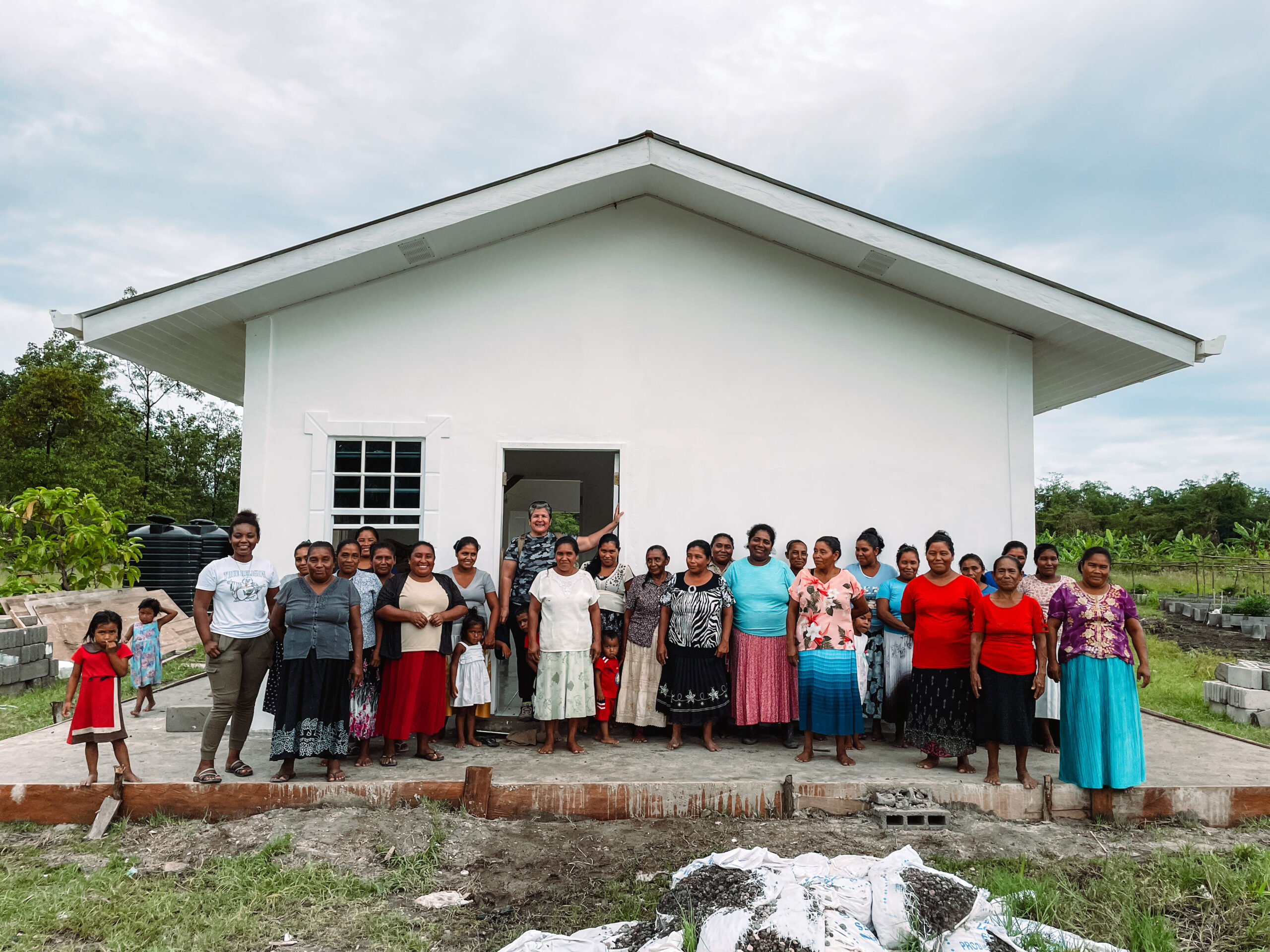
For example, development, for the people of the Barima Mora passage, means tremendous change to their way of life. It means fear of adaptation, it means embracing change and fostering hope that they will not be left behind.
This reality is creatively captured in Reel Guyana’s latest documentary titled “The March Onwards.” The 25-minute film invokes empathy for the hardships endured by the people of the Mora Passage and hope that their embrace of change will be sustained long enough for them to truly partake in the in the economic development that is being pursued.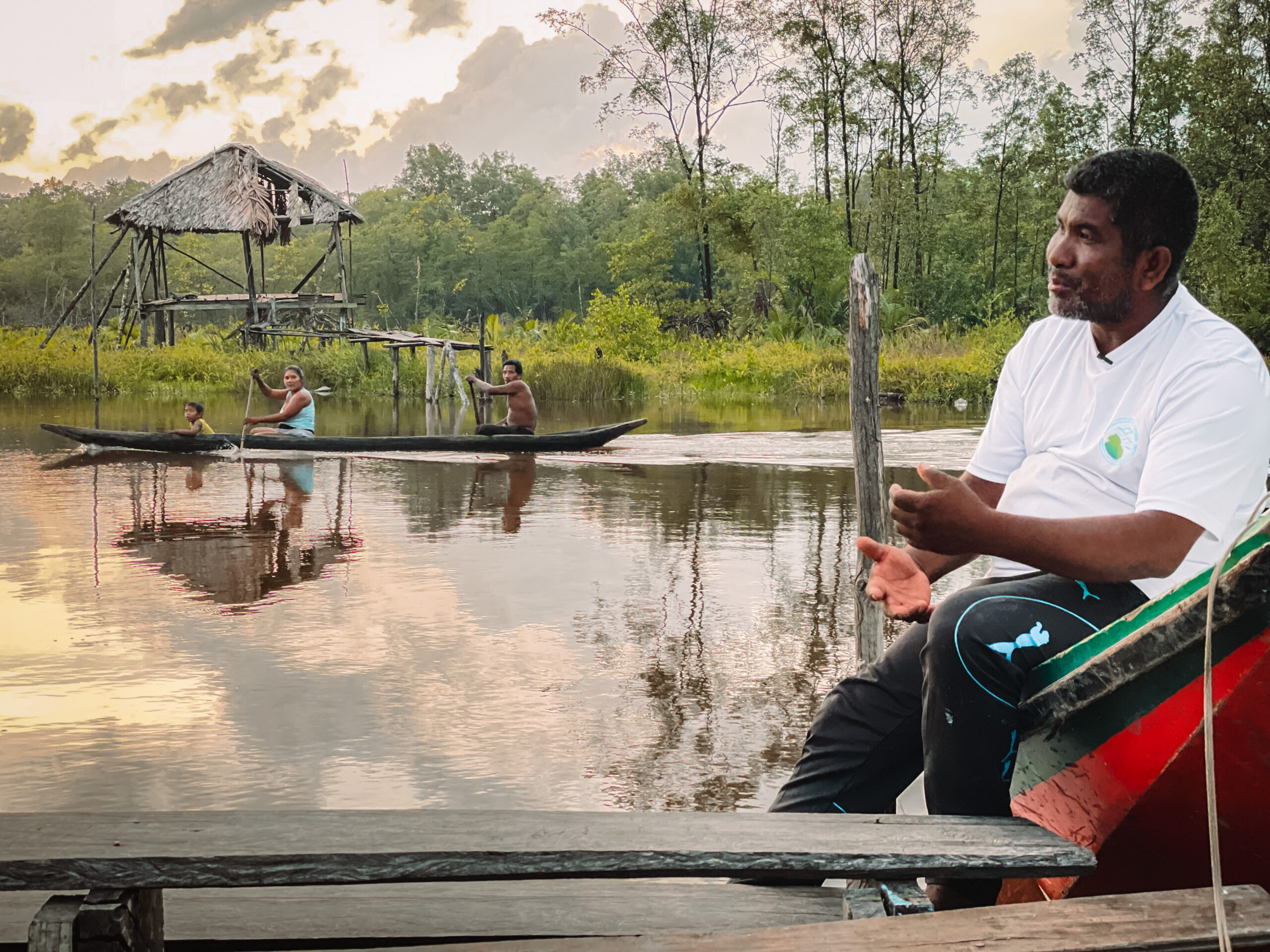
Without a narrator, the documentary co-produced by siblings Alex and Victoria Arjoon, tells a story about the fight for survival. Skillfully, Reel Guyana managed to present the cases of two of the main characters with opposing interests leaving a viewer conflicted about whom to root for.

Christina Santiago of Smith Creek is a traditional Warrau woman who is struggling to provide for herself and family. The film initially depicts her as a hardworking woman who tries to make a dollar the only way she knows how, by crabbing. Santiago explained that she has been catching and selling crab since childhood, a legacy of her parents.

Her conflict is the migration of crabs that occurs as a result of waste oil being disposed into the river, settling on the banks and, the cutting down of mangroves as crabs usually dwell at the roots of those trees. It should be noted that the Barima Mora Passage is home to the nation’s largest remaining mangrove forest. To access rich crabbing areas the Warrau men and women traverse the Atlantic coastline despite threats to their safety. These threats are not only those forged by nature. Santiago said, “We friken bad people (pirates)” who sometimes rob the people of their boat engines etc. “… sometimes they kill ya and left ya deh.”
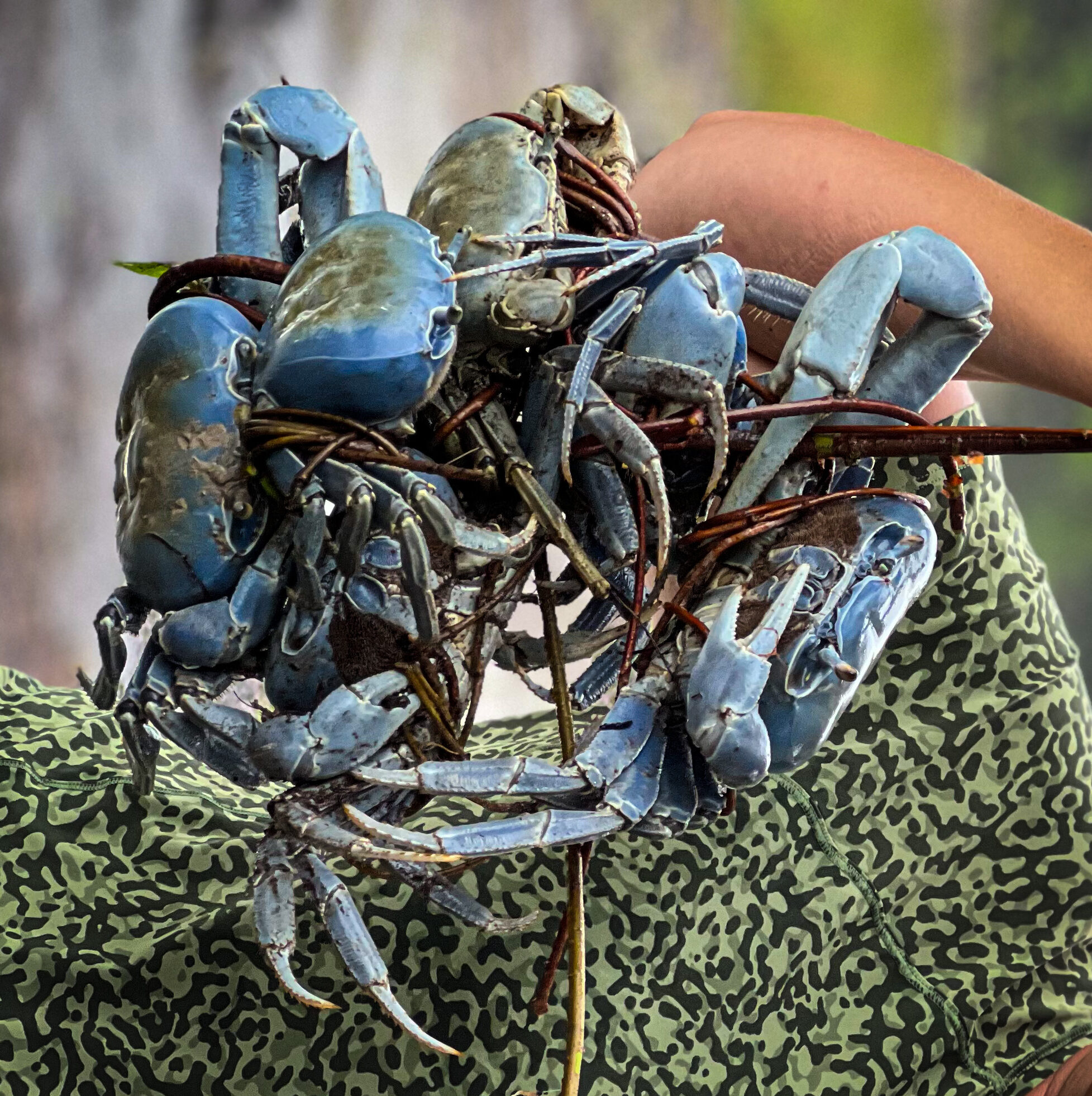
Like Santiago, many of the people of the Barima Mora Passage, men and women alike, traditionally look to crabbing as their main form of livelihood. But there are a few exceptions.
Raymond Small, another main character, is a commercial farmer. He is depicted as being hungry for development, ready to take advantage of the state-sponsored drive to ramp up agriculture in the region.
Those who habour love for the environment and a basic understanding of the importance of mangroves, would not usually find themselves rooting for someone like Small who literally said when he looks out into the forest all he thinks about is how many acres of mangroves can be cleared for farming. While some who understand the “price for development” may not flinch, environmental lovers may also frown at the burning of the trees that have to take place after they are cut. Also, Small deems as pests the very crabs that Santiago and others depend on to make a living. These realities, depicted by high-quality graphics, can stir up strong emotions.
But, with the strategy employed by Reel Guyana, viewers may find themselves conflicted. They may also be able to connect with Small through his passion for farming and can easily find themselves hoping for his success. Just as crabbing was passed on to Santiago by her parents, Small recalled that his father, also a farmer, always implored upon him the importance of farming. “He told me to farm, so you can always have for yourself and you can give others,” the man recounted. Also, Small employs community members to help with his projects, already contributing to the village economy.
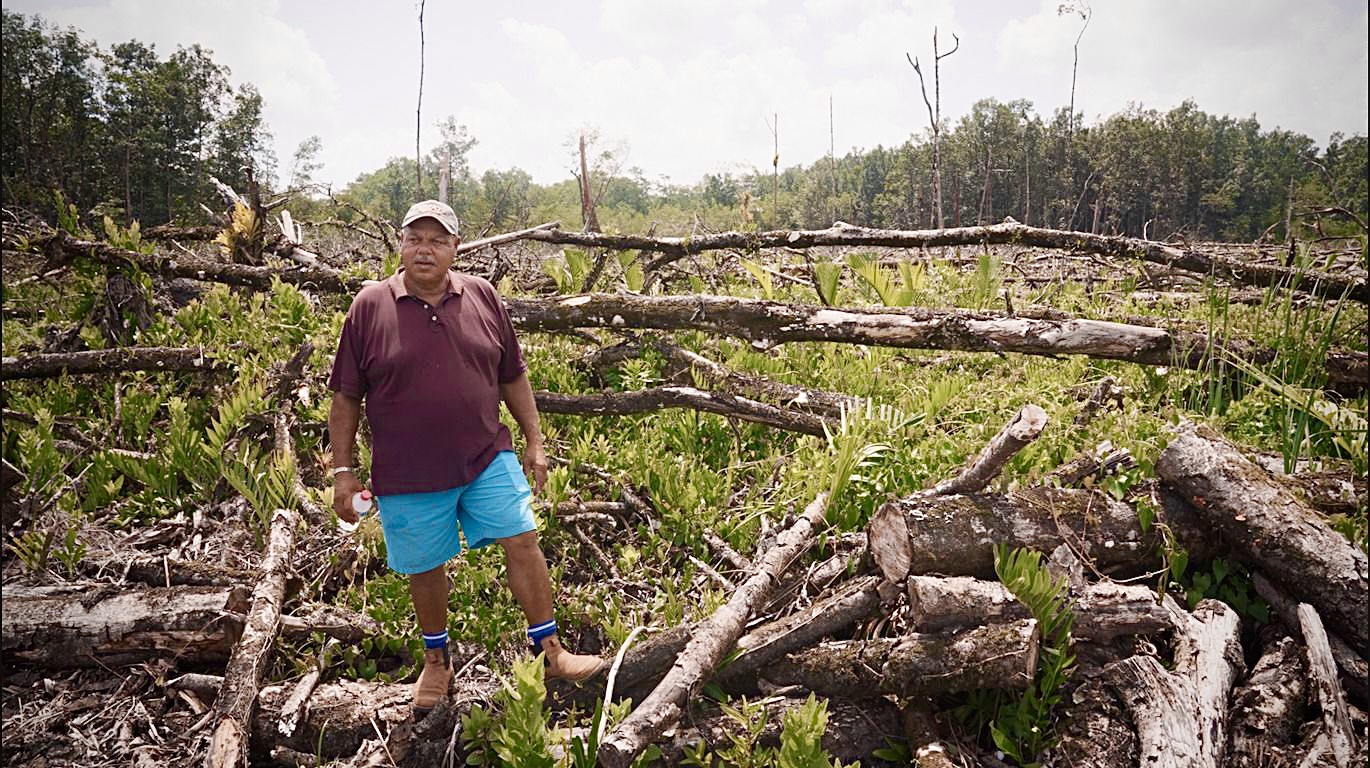
Arnold Benjamin of the Guyana Marine Conservation Society (GMCS) is the other main character, his interest is to balance development with conservation of the environment and the preservation of traditional livelihood.
GMCS has started an initiative, the pepper project, that basically serves as a cushion for the blow suffered by the women who are finding it increasingly hard to pursue crabbing.
A building and plot of land that were originally intended to serve a as a crab processing facility, has been repurposed for the planting and processing of wiri wiri pepper. The Warraus of Smith Creek now supplement crabbing with the sustainable pepper farming introduced by GMCS.
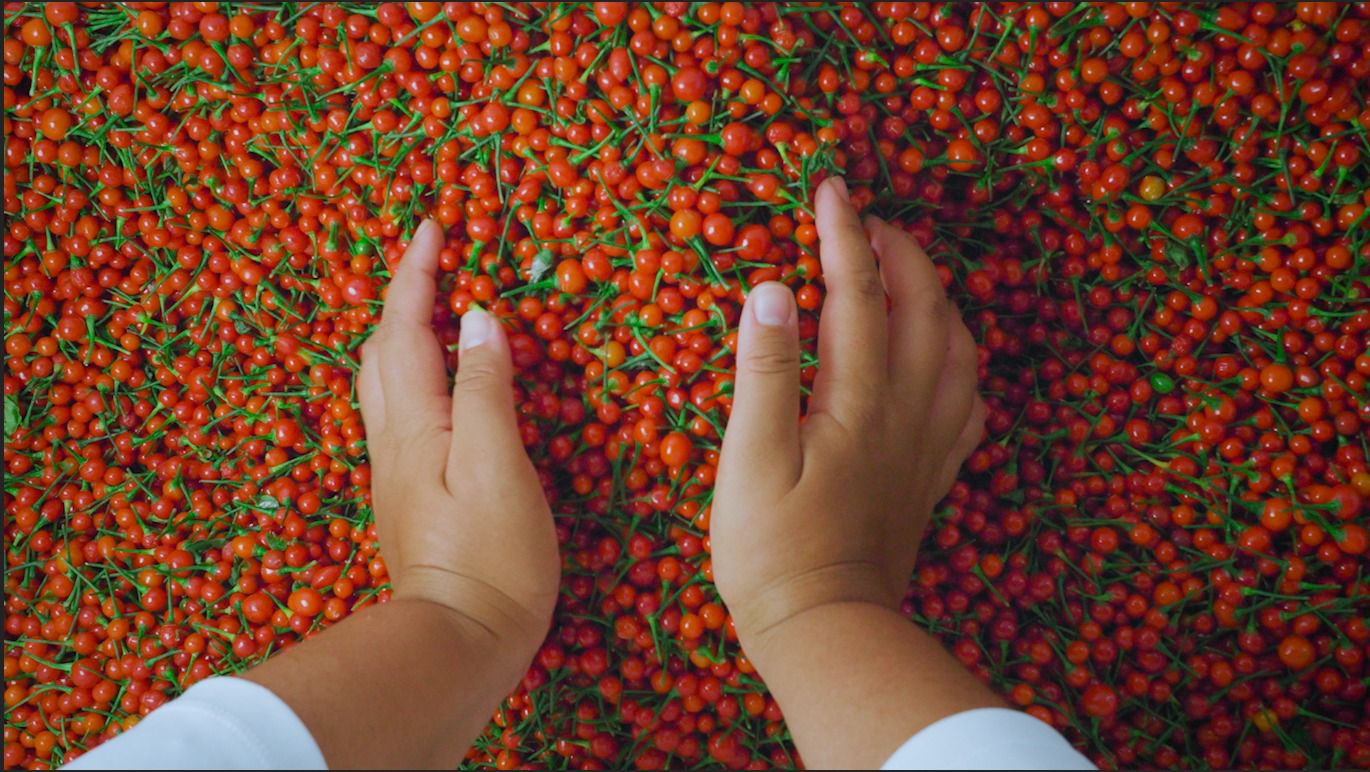
Santiago is captured saying, “Most of the Warrau people does catch crab and sell. That the only way to live in the community, now we get this pepper project, we doing both side.” Optimisticly, she added, “Next year from now we gonna see more peppa in we community, more change in we life you gon see.”

The stories of these characters are passionately captured by the Arjoon siblings who afforded Guyana Standard a peak into the work that went into such a production.
The project took about eight months from concept to finish.
Alex Arjoon, who has been practically all over Guyana pursing film making, explained how this project represents an intended shift towards people-oriented films. He said that the uniqueness of this project allowed him to further appreciate the nuances of issues surrounding culture, change and development. “It is hardly ever black and white,” he said. Alex finds it a joy to be able to share with others what he has been privileged to experience first-hand.
His sister, Victoria, is also very passionate about this project. She has been out in the fields alongside Alex. She recalled going to one of the crabbing areas and told this publication, “It was brutal going out there,” fearing topping over into the Atlantic and understanding that that is what Christina (Santiago) goes through to catch crab of which the sale value is sometimes enough only to purchase a gallon of rice.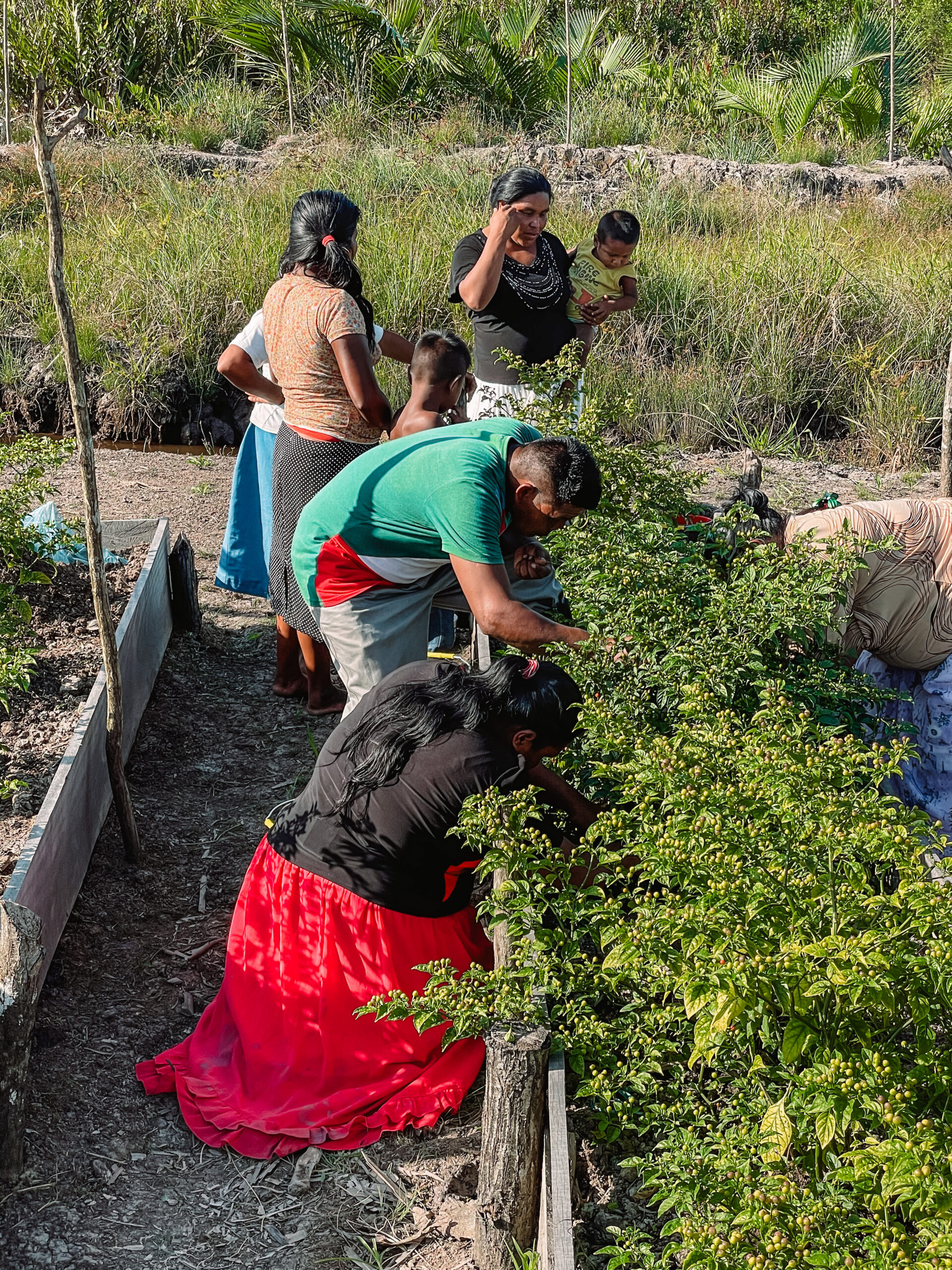
With creativity oozing from every aspect of the film, beginning with the title that allows a pun on “march”; With footage of oil pollution in the shape of a giant footprint; footage which captures the culture and hardships of the Warrau people, the beauty of Guyana and deforestation; The March Onwards is worth the watch.

